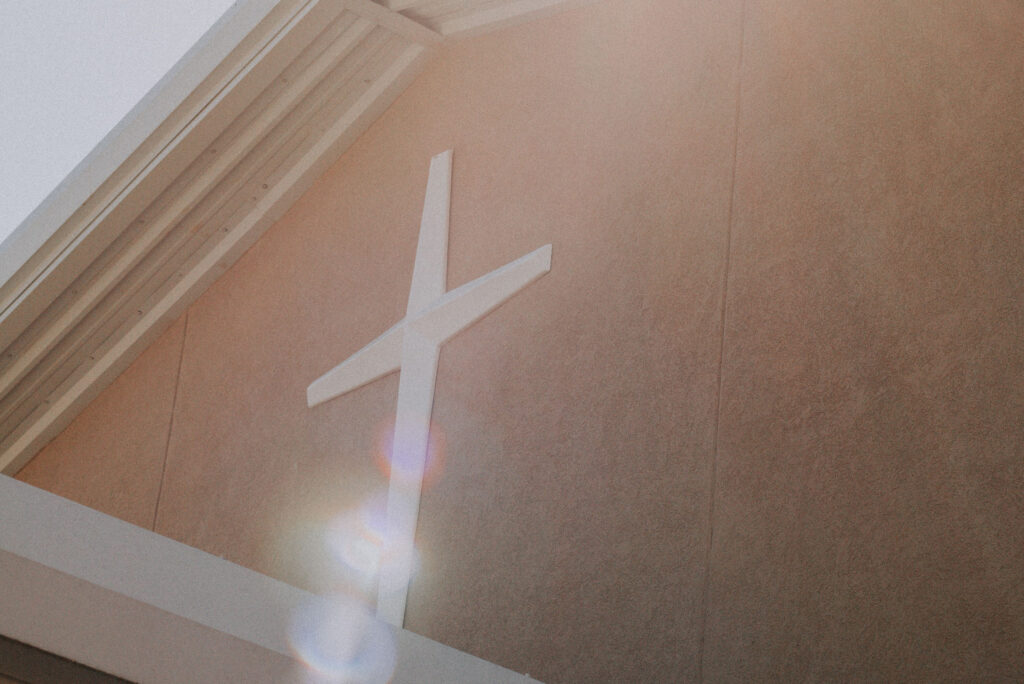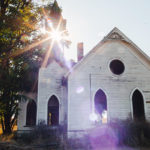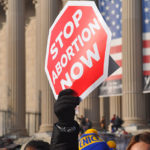
Trust in the church or organized religion, while down from 2021, is up just slightly from 31% in 2022 to 32% in 2023.
By Aaron Earls
Most institutions in the U.S. are facing a crisis of trust, and the church is not immune.
Twelve of the 16 institutions included in Gallup’s most recent survey on institutional trust are within three percentage points of their all-time low, including the church.
The average level of Americans’ confidence in major institutions hit its lowest point this year at 26%. After holding steady at around 40% through the 1980s and 90s, the average dropped from 43% in 2004 to 26% in 2003.
Only two institutions included in the survey—small businesses and the military—have the trust of a majority of Americans, but even those have dipped in recent years. Trust in small businesses declined from 70% in 2021 to 65% this year, while trust in the military fell from 69% to 60%.
The two other institutions that were ranked higher than the church also dipped. The police dropped below a majority—51% in 2021 to 43% now. And the medical system lost 10 percentage points of trust, from 44% to 34%.
Trust in the church or organized religion, while down from 2021 when 37% of Americans said they have a great deal or fair amount of confidence in it, is up just slightly from 31% in 2022 to 32% in 2023.
No other institution included in the survey tops 30%, including the Supreme Court (27%), banks (26%), public schools (26%), the presidency (26%), large technology companies (26%), organized labor (25%), newspapers (18%), the criminal justice system (17%), television news (14%), big business (14%), and Congress (8%).
Church troubles
Gallup first began tracking U.S. adults’ confidence in the church as an institution in 1973. In 1975, a high mark of 68% expressed a great deal or quite a lot of confidence in the church.
After a downward trajectory, the church experienced a boost of confidence in 2001, as did most other national institutions in the wake of the September 11 terrorist attacks, rebounding to 60% for the first time since 1987. That marked the last time at least 3 in 5 Americans had confidence in the church.
In 2009, 52% of U.S. adults said they had a great deal or quite a lot of confidence in the church as an institution. That was the last year most Americans held that belief. In 2018, confidence levels fell below 40% for the first time. They edged above that mark in 2020, only to drop back below in 2021 and even further in 2022. Despite the 1-point increase in 2023, the current 32% of Americans who have a great deal or fair amount of confidence in the church marks the second-lowest percentage ever.
Pinpointing distrust
Some Americans are less likely than others to have trust in the church. Younger adults are more distrustful than those who are older. Americans 18-34 (24%) have lower levels of confidence than those 35-54 (32%) and 55 and older (35%).
Democrats (25%) and Independents (25%) are half as likely as Republicans (49%) to have a fair or great deal of confidence in the church. As churchgoers increasingly say they prefer to be part of a congregation that shares their politics and non-Republicans are most likely to never attend church, congregations may grow politically segregated and struggle to reach those who aren’t GOP voters.
Contradicting church attendance trends, the poorest Americans are the most likely to say they trust the church. Those whose annual household income is below $50,000 are more likely than those who belong to homes with higher incomes to express confidence in organized religion (36% vs. 29%).
The overall decline in trust in the church has mirrored a precipitous drop in how Americans trust pastors. In the most recent Gallup survey on how Americans view certain professions, the percentage who say clergy have high or very high honesty and ethical standards fell to an all-time low of 34%.
For permission to republish this article, contact Marissa Postell Sullivan.











